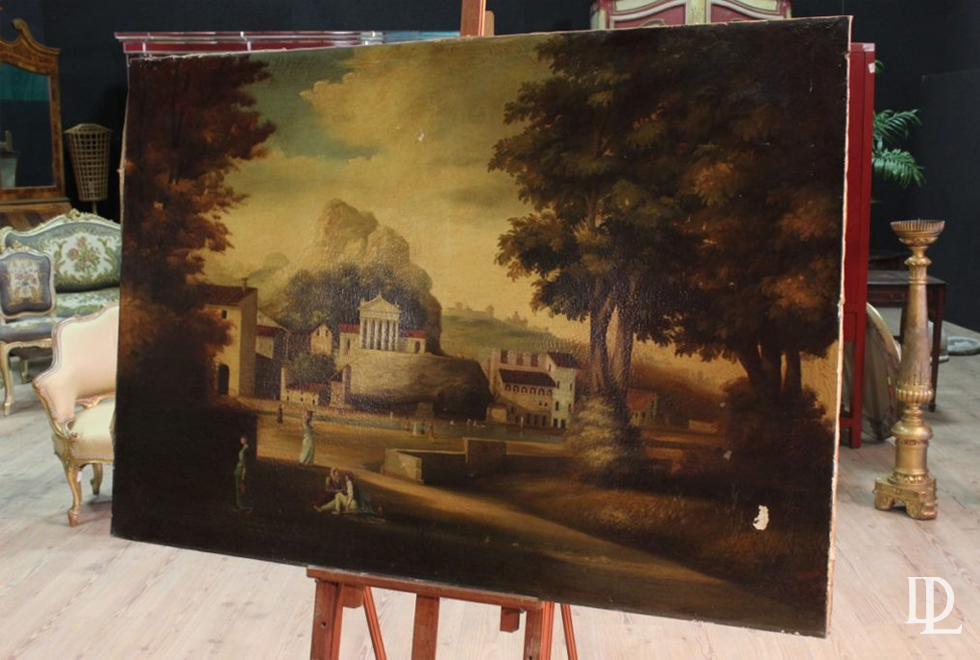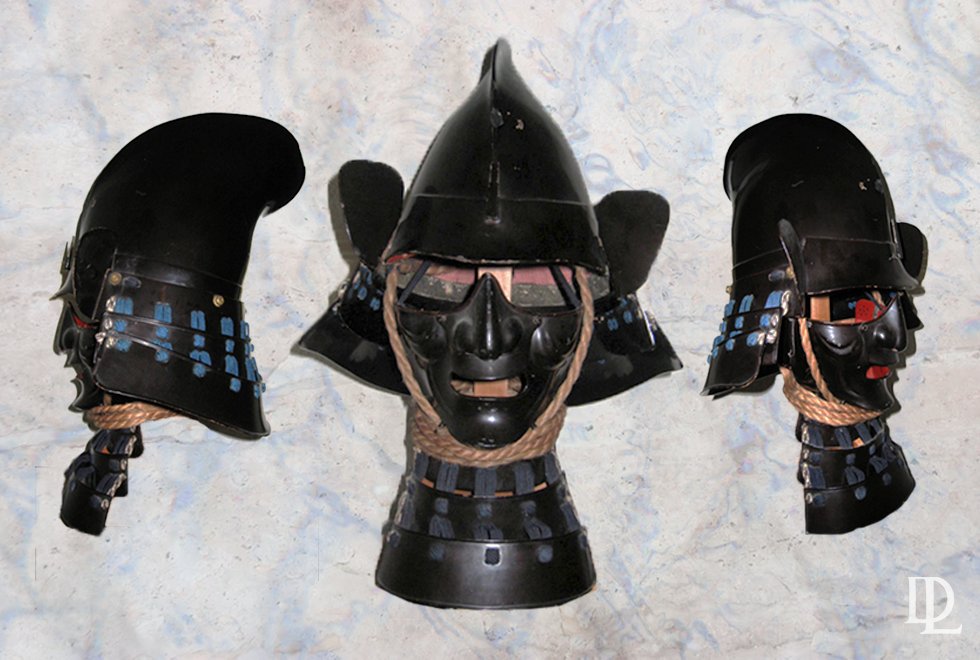Interviewing Matthiew Michard from Delouvois
Common Purchases
AL: “What do your customers buy the most often using crypto?”
MM: To be fair, it is still very early to notice any serious trends or patterns in that regard. We started De Louvois back in late 2016 when one Bitcoin was worth around $500, estimating that it would probably take a minimum of $250,000 per coin for the first significant cohort of adopters to start spending some of their coins and become regular customers and validate our business model.
We understood that this was a long-term bet that required a long-term vision. We believe this lack of long-term vision was the reason why similar initiatives such as BitPremier or The White Company ended up quitting. Until then, it will be our job to iterate, guess and adapt our offer based on data and by talking to our users.
[A note from Aurae Lifestyle: BitPremier was a bitcoin marketplace providing luxury items for crypto, the website is not operating anymore. The White Company started out selling luxury for cryptocurrencies as well, but then gave up on the whole enterprise and now only accept PayPal and a credit cards as payment options.]
What I can tell you for sure is that our primary focus has always been on the Arts, and there is a reason for that. It is no secret that the blockchain industry has huge issues with user experience and design. 99% of cryptocurrency-oriented services are ugly, dry, and frankly user-hostile.
Just open any online wallet or exchange to make sure yourself. And of course, the most glaring example of the lacking artistic vision in this industry is definitely Bitcointalk.org
We believe that Art and Artists will play a decisive role in the adoption of cryptocurrencies, just like they did during the personal computer revolution, thanks to companies like Apple working so closely with exceptional artists and designers. And that is exactly where we see De Louvois’ contribution and added value: bringing some glamour to an industry that really needs it.
Exotic purchases
AL: “What are the most interesting items purchased on your website?”
MM: I can not tell you much about what people have been buying over the past years, but we certainly receive some “exotic” listing requests from time to time.
The most peculiar request that we had to deal with came from a Canadian dog breeder who wanted to sell Canadian Eskimo Dogs on our marketplace.
The dogs seemed happy and certainly well-fed, but we ended up turning down the offer due to our concerns that these “luxury dogs” may end up taking the place of a shelter dog while it did not seem fair to the 1.5 million shelter dogs being euthanized each year.
AL: “Did they try to purchase it with Dogecoin?”
MM: Ha!, No.
Regional Purchases
AL: “Which region do most of your customers come from? Are there any customers from Latin America or Spain?”
MM: The funny thing with borderless permissionless cryptocurrencies is that you never know who will be knocking at your door. For that, we surely do get some surprises now and then. With that being said, most of our traffic and customers are US-based anglophones, and this is the segment that we are currently focused on.
Latin America is a market that we really want to explore, though. Cryptocurrencies always had a natural synergy with these populations, for various reasons. It is pretty clear that countries like Venezuela dealing with major inflation issues on a daily basis will come to adopt these technologies in the most organic and natural way.
We are currently discussing this matter with a couple of South American jewelers and winemakers, so you can expect to see something pretty soon on our website.
Transaction Speeds
AL: “How long does a typical transaction take? How much time is required for the object to be delivered to the recipient after bitcoins have reached your wallet?”
Our partner vendors are expected to ship the purchased goods as soon as the transaction has gained 5 confirmations on the network (they receive an automatic email for that).
Here is how it works. Once customers reach our check-out page, they can pay with Bitcoin, Monero, Litecoin, Ethereum, and Dogecoin.
All incoming amounts are then converted to a stable coin USDC backed by Circle and Coinbase for a small fee of around 0.5%. Alternatively, customers can choose to pay using USDC straight away in order to save the fees.
This method allows us to freeze the price, effectively shielding both vendors and buyers from the inherent volatility of traditional non-stable cryptocurrencies. Without that method, doing business with cryptocurrencies in a professional manner would be impossible.
Miners Fees
AL: “Do you include miners fees in the price or do you cover them yourself?”
MM: Miner fees are clearly the biggest threat that our industry will have to tackle if it wants to become appealing to retail consumers and not just speculators.
The recent spike of fees on Bitcoin and Ethereum networks has made micropayments a thing of the past and rendered the entire Ethereum ecosystem as good as useless. Just think of it: transaction fees have exploded from a couple of cents in 2019 to nearly $75 in May 2021, before settling down around $15.
Luckily, we cater to items worth $500+, so the risk/benefit ratio still makes sense from an economical point of view, even with a flat $15 Ethereum transaction fee.
Also, if you compare that $15 fee to a retail payment processor like PayPal, it’s still a pretty good deal. Paypal charges sellers up to 4.4% for international transactions and may charge buyers an optional 4.5% when a currency conversion is needed. So in the case of a $500 item, the Ethereum transaction fee is still cheaper than PayPal.
Bottom line is, we try to be flexible and absorb miner fees within our commission. The only reason we are able to do that is because we cater to relatively pricey items.
Other companies that have a smaller average cheque and deal with Ethereum-based microtransactions are currently in a much worse position than us, that’s for sure.
Increasing Transaction Speeds
AL: What are your recommendations for speeding up transactions?
MM: As a luxury marketplace, our mission is to provide the easiest and safest experience possible to both our customers and vendors. Consequently, we are extremely careful when considering and testing new solutions.
We frequently monitor new initiatives trying to tackle this problem. Amongst other solutions, we are aware that Tron-based Tethers are becoming quite popular, but at this moment, we do not plan to switch from our current method (mostly for liquidity and security concerns) although that may change in the future when their blockchain becomes more mature and secure.
As stated earlier, De Louvois is a long-term bet, and we are confident that the Ethereum team will solve their scalability and network fees problems with the incoming 2.0 release and the adoption of Proof of Stake consensus.
High fees won’t be life-threatening to us in the near future, although they currently prevent us from distributing our cryptocurrency, the Franc Louvois (LVF), to our vendors, business partners, and customers. That is indeed a huge drag, but we will just have to deal with it in the meantime.
As far as Bitcoin fees are concerned… Well, my best guess is that the Bitcoin core team pretty much caved in on the idea of digital cash, and decided to focus on the “store of value narrative”.
Unfortunately, I am not aware of any progress or plans being made to address the scalability issues of this network. Timid attempts such as Lightning Network are anything but sufficient at the moment, so that is where we are for now.


